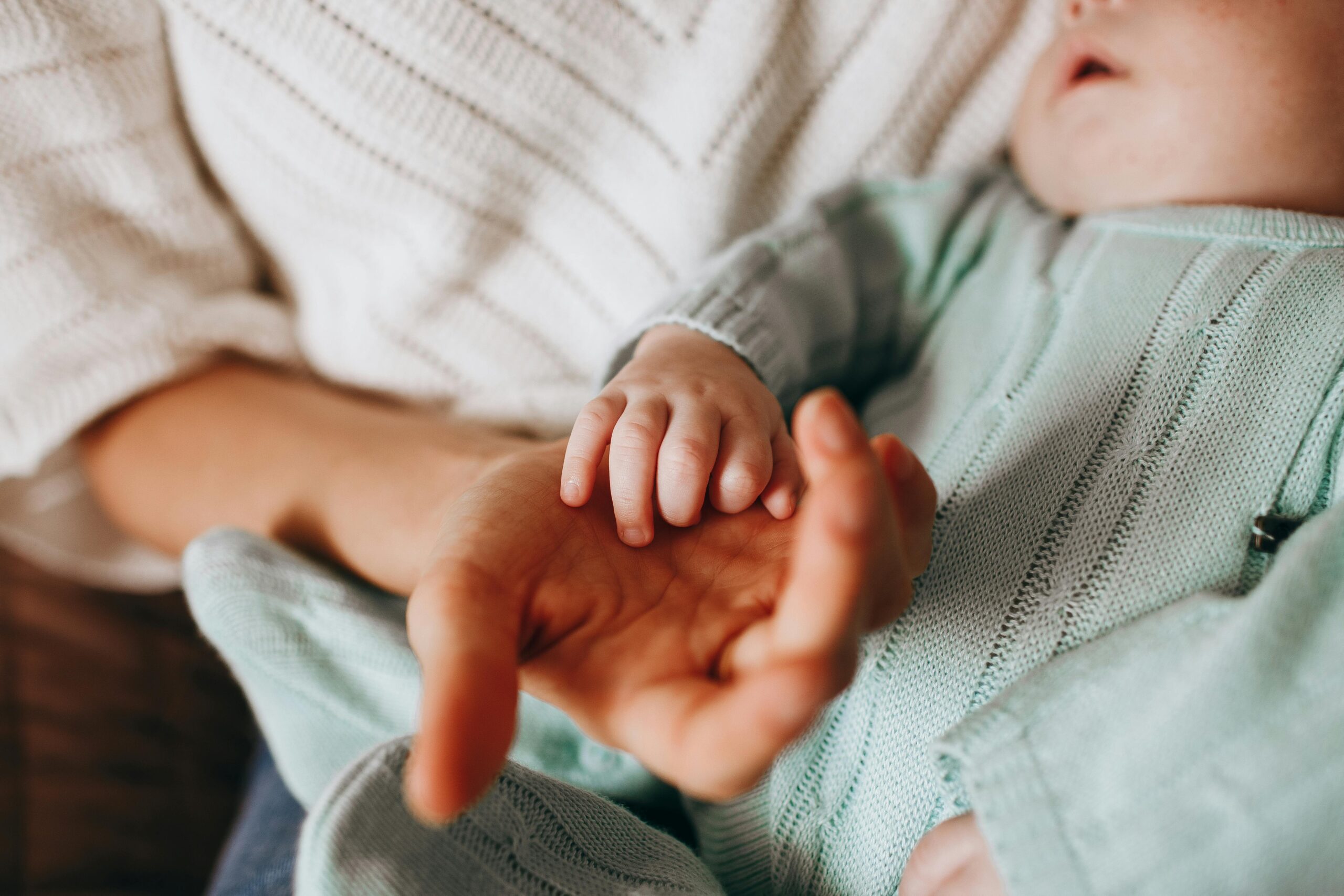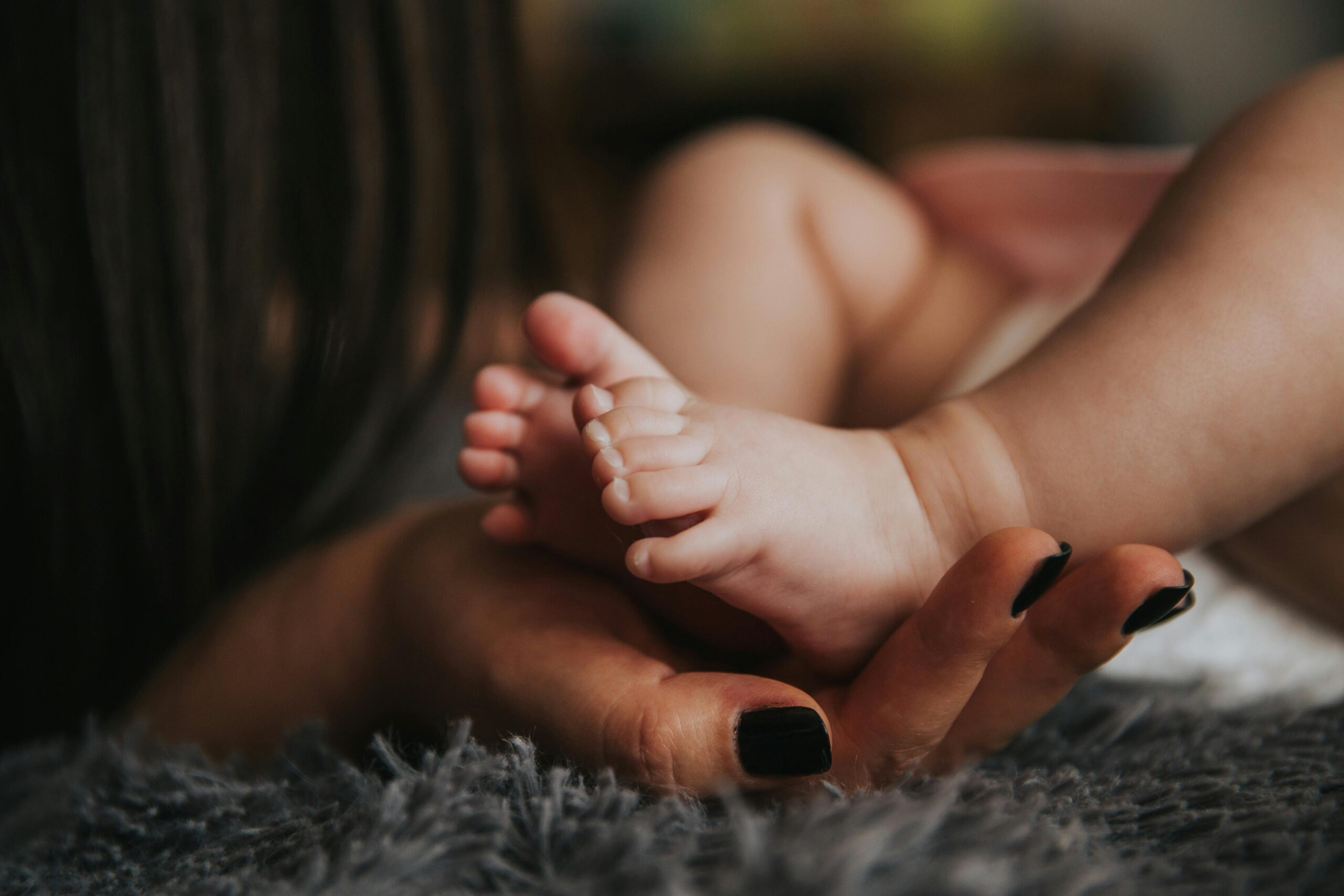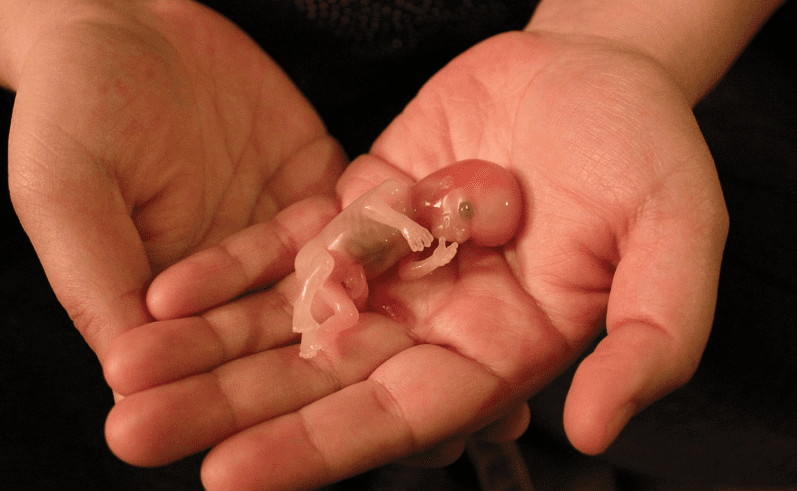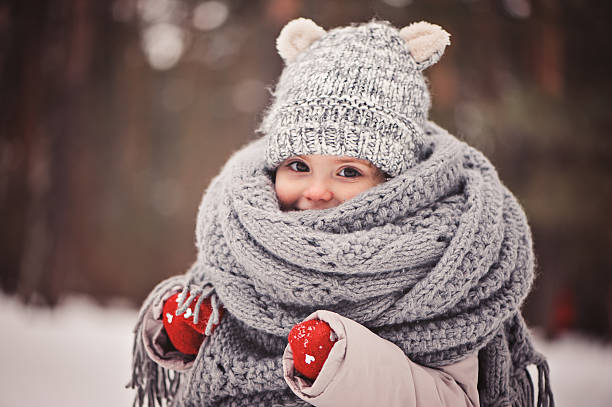
Baby Clothes: Especially for first-time parents, welcoming a newborn into the world is a happy occasion that is full of love, excitement, and some degree of trepidation. Making sure your child has the appropriate attire is one of the most important things you can do to be ready for their arrival.
In addition to being lovely, baby clothing are made to make your child safe, comfortable, and fashionable. This is a thorough guide to the top 10 baby outfits that new parents absolutely need.
1. Onesies (Bodysuits)
Why It Matters:
Bodysuits, also referred to as onesies, are the mainstay of a baby’s wardrobe. They fit your infant comfortably, are adaptable, and simple to put on and take off.
Qualities to Consider:
Snap closures: Make changing diapers quick and simple.
Cotton is the best material since it is supple and breathable.
Easy to dress and undress with an envelope neck.
Tips:
Make sure you have enough of onesies in both long and short sleeves to accommodate varying weather situations.
When choosing colors and patterns for your outfits, go for muted hues and styles.
2. Sleepers (Footed Pajamas)
Why It Matters:
While your baby sleeps, footed pajamas or sleepers keep them warm and comfortable. They do away with the necessity for blankets, which in a crib provide a safety risk.
Qualities to Consider:
Snaps or zippers: Long-length zippers are useful for making fast adjustments.
Built-in feet: No need for separate socks to keep your baby’s toes toasty.
Stretchable, soft fabric: Provides comfort and freedom of movement.
Tips:
To make changing diapers at night easier, look for sleepers with reversed zippers that unzip from the bottom up.
Select summer-weight sleepwear with a fleece lining and winter-weight sleepwear without.
3. Swaddles
Why They’re Important:
By simulating the cozy sensation of the womb, swaddling can help calm a newborn and encourage better sleep. The purpose of swaddles is to securely wrap around your infant.
Qualities to Consider:
Adaptable design: Snap or velcro fasteners provide a snug fit.
Breathable material: To avoid overheating, cotton or muslin work best.
Size options: Make sure it fits well for various development stages.
Tips:
Try a variety of swaddling positions to find out which works best for your child.
When your infant is swaddled, always put them to sleep on their back.
4. Hats
Why They’re Important:
Especially in colder months, newborns need a soft hat to keep their heads warm since they lose heat easily.
Qualities to Consider:
Cotton or cotton blends are soft and elastic materials that are good for your baby’s skin.
Make sure the hat fits snugly enough to stay in place without being too tight.
Different densities: Thicker hats for colder weather and lighter ones for milder days.
Tips:
Keep a couple hats available to go with various ensembles and climates.
To keep hats tidy and lint-free, wash them often.
Read: How to Manage Pregnancy Acne: Effective 10 Tips and Remedies
5. Mittens
Why They’re Important:
Your baby won’t splinter their sensitive skin with tiny nails if they wear baby mitts. They aid in keeping their hands warm as well.
Qualities to Consider:
Cotton mittens are safe and pleasant because of their soft, breathable composition.
Secure fit: Mittens are kept in place by drawstring or elastic closures.
Several pairs: It’s important to have additional mittens because babies can lose them quickly.
Tips:
To reduce scratching, routinely trim your baby’s nails.
Select machine-washable mitts for effortless maintenance.
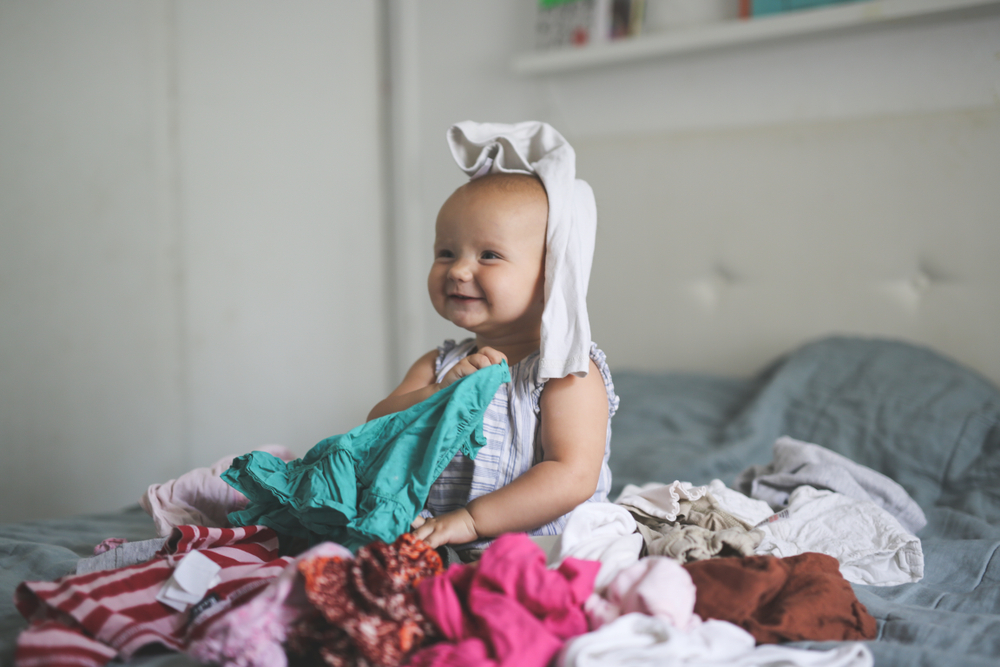
6. Booties Baby Clothes
Why They’re Important:
Especially in the winter, booties keep your baby’s feet warm and safe. Compared to socks, which can come off quickly, they are more secure.
Qualities to Consider:
supple, cozy material: Knitted booties or fleece are excellent choices for warmth.
Adjustable fasteners: Velcro or snap fasteners guarantee their retention.
Non-slip soles: Beneficial for when your child first begins to walk or crawl.
Tips:
Invest in a couple pairs of boots in a variety of hues to go with different ensembles.
As your child develops, do frequent checks of the fit.
7. Bibs Baby Clothes
Why They’re Important:
Bibs keep your kid dry and comfy while shielding your clothes from saliva, spit-up, and food spills. This makes cleanup easier.
Qualities to Consider:
Material that absorbs: Terry fabric or cotton work best.
Neck closures that are adjustable: Velcro or snaps offer a snug fit.
Huge covering area: Preserves a greater amount of your baby’s clothing.
Tips:
Invest in bigger feeding bibs for mealtimes as well as drool bibs for daily usage.
To keep bibs clean and fresh, wash them often.
8. Socks
Why Socks Are Important:
They protect and keep your baby’s feet warm. They are a must-have item for any baby’s wardrobe, particularly in the winter.
Qualities to Consider:
Cotton and cotton mixes are soft, supple materials that breathe well.
Non-slip grips: Very helpful for your infant’s first few steps.
Many sizes: Make sure your child will fit comfortably as they develop.
Tips:
Keep several pairs of socks on hand because they can easily be misplaced.
To make your socks stay on better, choose ones with some give.
9. Rompers
Why It Matters:
Rompers are easy and comfy one-piece baby clothes that work well for playing as well as excursions. Parents love them since they are simple to put on and take off.
Qualities to Consider:
For simple diaper changes, use snap or zipper closures baby clothes.
Cotton is a soft, breathable fabric that is perfect for comfort.
Designs that are adaptable: Perfect for formal and informal settings.
Tips:
In order to be especially toasty throughout the winter, look for rompers with built-in feet.
For summer, choose for rompers with no sleeves or short sleeves, while for winter, choose long sleeves.
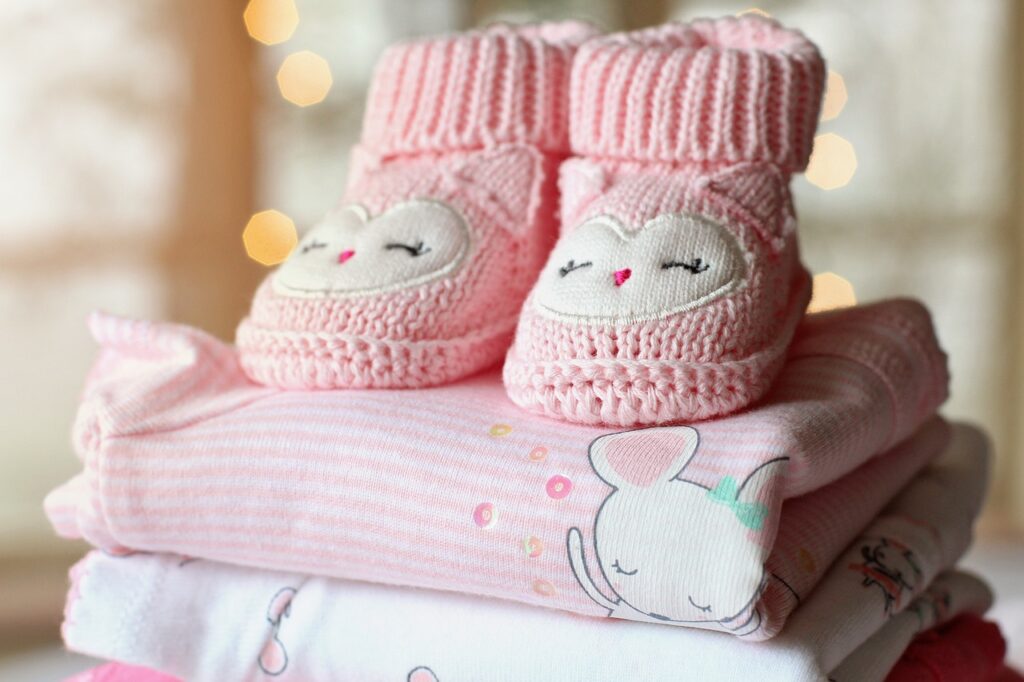
10. Outerwear
Why It Matters:
You’ll need the right apparel for the season to keep your infant warm and safe from the weather.
Qualities to Consider:
Seasonal appropriateness: Winter requires bulkier coats or snowsuits, while spring and fall call for lighter jackets.
Simple closures: Simple-to-use snaps or zippers.
Weather-resistant material: For further protection, choose windproof or waterproof textiles.
Tips:
To adapt to changing temperatures, think about wearing layered clothing.
Make sure your outerwear is just the right amount of snug yet still fits over other clothing.
Conclusion for Baby Clothes:
There are many things to think about while getting ready for a new baby, and wearing the appropriate clothes is crucial to your child’s comfort and wellbeing. These 10 essential baby clothing items—onesies, sleepers, swaddles, hats, mittens, booties, bibs, socks, rompers, and outerwear—will help you create a practical and adaptable wardrobe that will keep your child cozy, secure, and fashionable.
In order to make dressing and changing your infant as easy as possible, keep in mind to give priority to soft, breathable materials and simple patterns. If your baby’s wardrobe consists of these items, you’ll be ready to greet your new baby and cherish all the special moments that come with becoming a parent.
